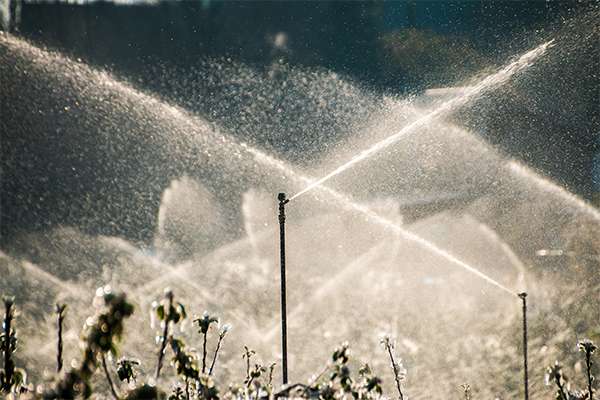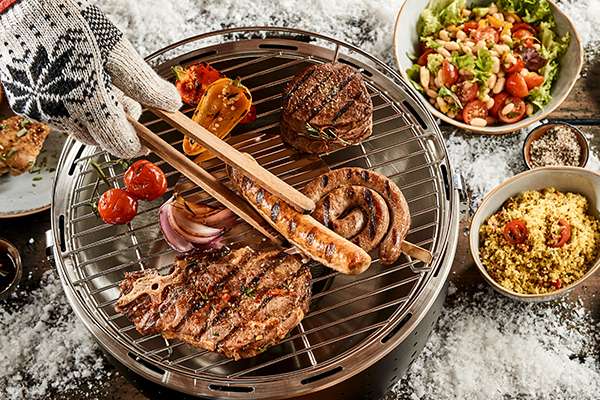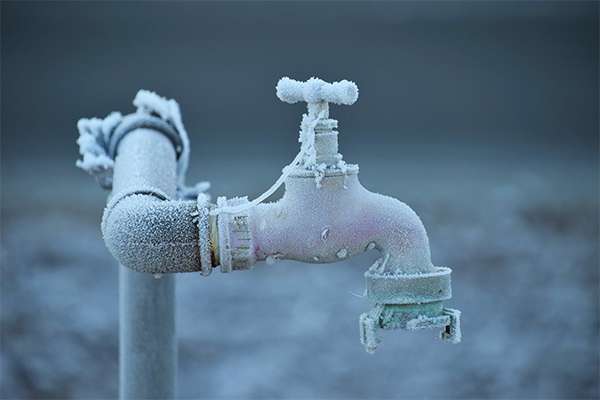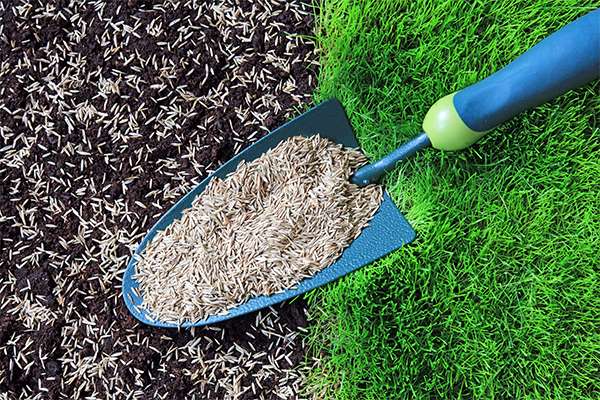Taking steps to irrigate before cold weather can be a crucial step to protect your lawn and crops from frost and colder temperatures. It may seem counterintuitive, but experienced farmers know irrigating crops will initially cause the temperature in the fields to decrease as evaporation occurs and then increase as the air temperature lowers during a cold front. However, once you understand how it works, you can use irrigation to your advantage as the temperatures drop.
Here are two noteworthy benefits your plants and lawn experience when you irrigate before cold weather:
#1: Frost Damage Prevention
Because water releases heat at a slower rate than air, watering your lawn can provide natural insulation that prevents frost damage. Irrigating one or two days before a cold snap will allow enough time for saturation and thorough insulation from frigid temperatures. In addition, with the slower heat release, the plants and grass blades have more warmth for longer periods, protecting them from frost.
#2: Root Hydration
Did you know drought-stressed plants are more susceptible to cold damage? Irrigation provides your lawn and plants the moisture they need to become stronger and healthier. Think of pre-freeze irrigation as an immune system booster! The healthier the plant cells are, the stronger the plants are and the more quickly they can fight off damage from frost and cold weather.
Implementing proper irrigation is an excellent way to keep your lawn and crops healthy all year. Contact the friendly irrigation experts at W.P. Law to get started with a plan to irrigate before a cold front and give your plants all the protection they need.












